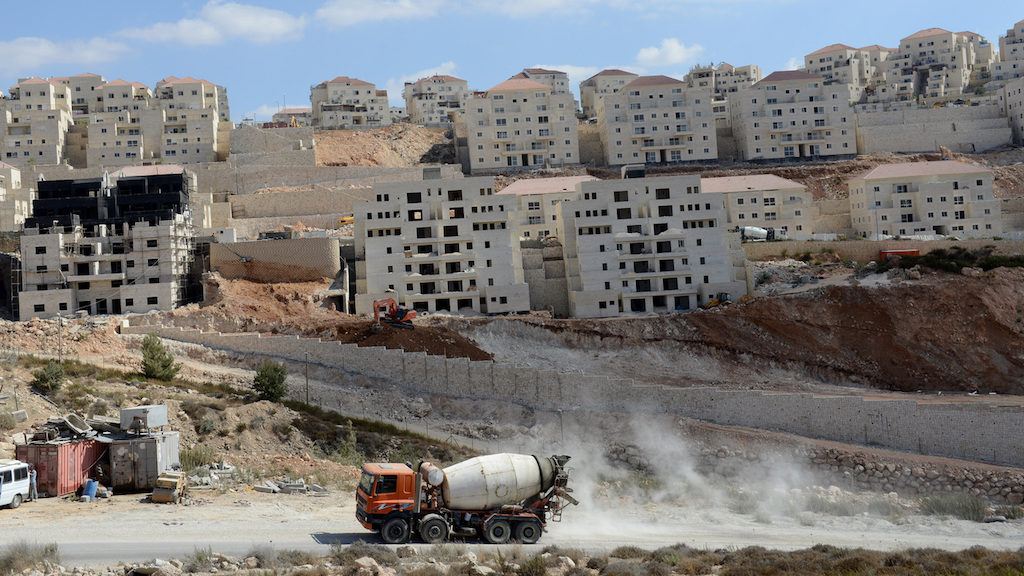Israeli Settlements: Facts About Jewish Settlements in the West Bank
By Mitchell G. Bard.. History of the Settlement Movement. Following Israel’s resounding defeat of the invading Arab armies in the Six-Day War, strategic concerns led both of Israel’s major political parties – the Labor and Likud – to support and establish settlements at various times. The first settlements were built by Labor governments from 1968 to 1977, with the explicit objective to secure a Jewish majority in key strategic regions of the West Bank – such as the Tel Aviv–Jerusalem corridor – that were the scene of heavy fighting in several of the Arab-Israeli wars. The second wave of settlement construction began with the1968 occupation of the Park Hotel in Hebron, a city with a long, rich Jewish history dating back to biblical times that had only been interrupted by a massacre of Jewish residents by Arabs in 1929. Those who came to Hebron in 1968 were the first of the ideological settlers who believed that Israel’s victory the prior year was an act of G-d which indicated divine providence that the historic Land of Israel should be restored to the Jewish people. Very few such settlements were established until Menachem Begin was elected Prime Minister of Israel in 1977. Begin’s government, as well assubsequent Likud-led governments, provided financial incentives for Jews to move to parts of Judea and Samaria that did not necessarily have any strategic value. Their purpose was to solidify Israel’s hold on territory that was part of biblical and historical Israel and preempt the creation of a Palestinian state.
A third group of Jews who are today considered “settlers,” moved to the West Bank (Judea and Samaria, ed.) primarily for economic reasons; that is, the government provided financial incentives to live there, and the towns were close to their jobs.
As of July 2012, the estimated Jewish population of the nearly 130 officially recognized West Bank (Judea and Samaria, ed.) settlements was 350,150. Critics suggest these figures imply territorial compromise with the Palestinians is impossible; however, the distribution of the Jewish population is such that a solution is not only conceivable but also very plausible and practical. Read the full story.
From:
http://www.jewishvirtuallibrary.org/facts-about-jewish-settlements-in-the-west-bank






